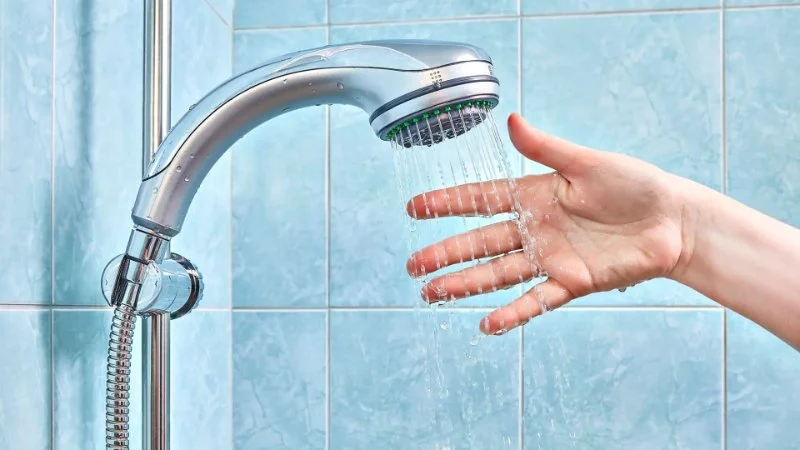
- 1 - Understanding Low Hot Water Volume
- 2 - Common Causes of Low Hot Water Volume
- 3 - Solutions to Low Hot Water Volume
- 4 - Maintaining Your Water Heater for Optimal Performance
- 5 - When to Call Professional Plumbers
1. Understanding Low Hot Water Volume
Low hot water volume is a frustrating issue that many homeowners and businesses face. When the water heater isn't providing enough hot water, it can affect daily routines, from showers to cooking. This problem can be caused by a variety of factors, ranging from simple issues like a thermostat setting to more complex problems such as sediment buildup or a malfunctioning heating element. Understanding the root cause is crucial for finding an effective solution.
2. Common Causes of Low Hot Water Volume
There are several common causes for low hot water volume. Let’s explore the most frequent ones:
- 1. Water Heater Size: A water heater that is too small for the household or business will often run out of hot water quickly, especially when multiple people are using hot water simultaneously.
- 2. Thermostat Setting: If the thermostat on your water heater is set too low, it might not heat the water to an adequate temperature. Ensure the thermostat is set between 120°F and 140°F for optimal hot water output.
- 3. Sediment Buildup: Over time, minerals from hard water can build up inside the tank, reducing the efficiency of the water heater. This can lead to a decrease in both hot water volume and temperature.
- 4. Faulty Heating Elements: Electric water heaters use heating elements to warm the water. If one or both of these elements fail, it can result in low or no hot water at all.
- 5. Broken Dip Tube: The dip tube directs cold water to the bottom of the tank, where it is heated. If the dip tube is broken or cracked, cold water may mix with hot water, reducing the overall temperature and volume of hot water.
3. Solutions to Low Hot Water Volume
Once the root cause of low hot water volume is identified, there are several ways to address the issue:
- 1. Upgrade Your Water Heater: If your water heater is too small for your needs, consider upgrading to a larger unit. For businesses or large households, a high-capacity water heater may be necessary.
- 2. Adjust the Thermostat: Check the thermostat and adjust it to the recommended temperature setting (120°F to 140°F). This will ensure the water is heated to an optimal level.
- 3. Flush the Tank: Flushing the tank periodically can help remove sediment buildup and improve the efficiency of your water heater. This can be done once a year or more frequently if you have hard water.
- 4. Replace Faulty Heating Elements: If your water heater isn’t heating properly, it might be time to replace the heating elements. A plumber or professional can help with this repair.
- 5. Repair or Replace the Dip Tube: If the dip tube is broken, it needs to be repaired or replaced to prevent cold water from mixing with hot water.
4. Maintaining Your Water Heater for Optimal Performance
To prevent low hot water volume issues from recurring, regular maintenance of your water heater is essential. Some maintenance tips include:
- Flushing the tank regularly to remove sediment buildup.
- Checking the anode rod to prevent corrosion inside the tank.
- Inspecting the heating elements and thermostat for any signs of wear or malfunction.
- Scheduling professional maintenance every 1-2 years to ensure your system is working efficiently.
By maintaining your water heater, you can avoid costly repairs and ensure a steady supply of hot water for years to come.
5. When to Call Professional Plumbers
While many low hot water volume issues can be resolved with simple troubleshooting, some problems may require professional assistance. It’s time to call a plumber if:
- Your water heater is old and inefficient, or you’re experiencing recurring issues despite repairs.
- You’re not comfortable performing maintenance tasks like flushing the tank or replacing the heating elements yourself.
- There are signs of serious damage, such as water leakage, strange noises, or a drop in water temperature that can’t be fixed by simple adjustments.
At Plumbers Supply Hub, we provide a range of products and services to help you maintain and repair your plumbing systems. Our expert plumbers can assess and address any hot water issues, ensuring your home or business stays comfortable year-round.

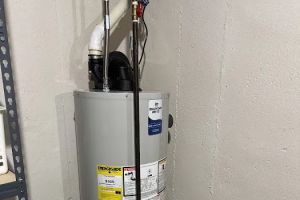

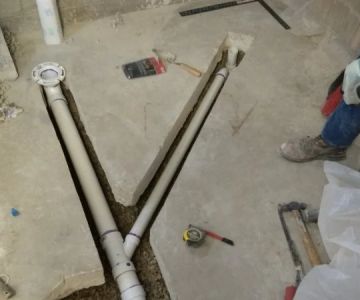





 Santa Margarita Plumbing2.0 (3 reviews)
Santa Margarita Plumbing2.0 (3 reviews)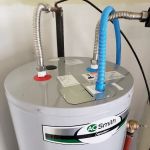 Drain Busters Indy - Sims Construction4.0 (34 reviews)
Drain Busters Indy - Sims Construction4.0 (34 reviews)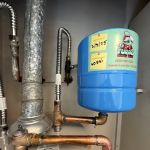 Turbo Plumbing and Rooter4.0 (413 reviews)
Turbo Plumbing and Rooter4.0 (413 reviews)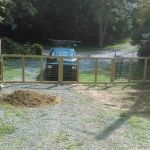 Paul Walter's Plumbing & Rmdlg3.0 (6 reviews)
Paul Walter's Plumbing & Rmdlg3.0 (6 reviews)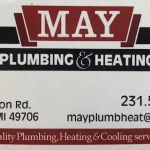 May Plumbing & Heating Inc4.0 (8 reviews)
May Plumbing & Heating Inc4.0 (8 reviews) Big John’s Plumbing4.0 (132 reviews)
Big John’s Plumbing4.0 (132 reviews)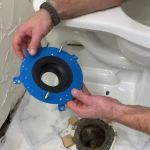 How to Replace a Toilet Tank Gasket - Step-by-Step Guide
How to Replace a Toilet Tank Gasket - Step-by-Step Guide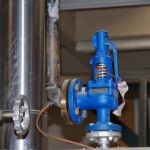 How to Replace a Faulty Pressure Relief Valve: Step-by-Step Guide for Homeowners
How to Replace a Faulty Pressure Relief Valve: Step-by-Step Guide for Homeowners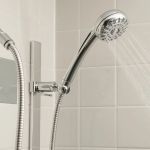 How to Replace an Adjustable Shower Slide Bar | Plumbers Supply Hub
How to Replace an Adjustable Shower Slide Bar | Plumbers Supply Hub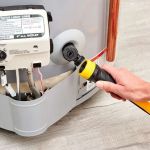 How to Safely Drain a Water Heater Before Moving: Step-by-Step Guide
How to Safely Drain a Water Heater Before Moving: Step-by-Step Guide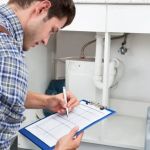 What to Check During a Home Plumbing Walkthrough
What to Check During a Home Plumbing Walkthrough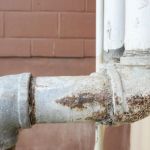 Signs You Need to Replace Old Plumbing Pipes
Signs You Need to Replace Old Plumbing Pipes